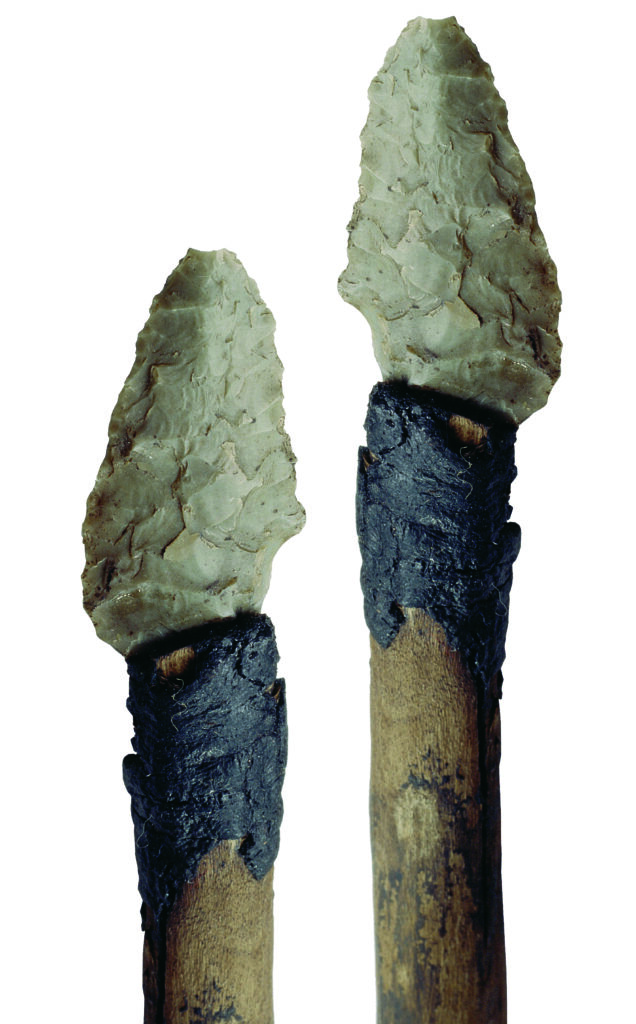What is gluing?

Gluing is one of the oldest and most important cultural techniques of mankind. Early adhesives such as birch pitch allowed our ancestors to craft weapons and tools to prevail against a hostile environment.
Gluing has been continuously developed over time:

- oldest adhesive and sealant: argillaceous (clayey) soil
- Neolithic period: asphalt (tar), tree resins and wood tar
- 5,000 years ago: birch pitch – this early adhesive does not occur naturally and has to be manufactured.
- The Sumerians made glue from boiled animal skins.
- 1,500 BC: The Egyptians made veneer glue from animal waste products and beeswax was used for craft bonding.
- Ancient Greeks and Romans used different glues. The profession of glue boiling was born in Greece. The protein-containing glue is called “Kolla” (the Greek word for glue).
- Late Middle Ages: Glues are used in book printing for the binding of covers and book spines.
- 1690: The first glue factory is established in The Netherlands.
- 1754: The first patent for an adhesive (fish glue) is registered.
- 1909 Baekeland registers an adhesive patent based on synthetically produced raw materials.

Chemists, physicists and engineers dealt with the effects of adhesive and cohesive forces, researched the macromolecular structure of the adhesive substances, perfected the known raw materials, and finally found the starting point for even more powerful adhesives in synthetic resins.
Our glossary explains how bonding with hot-melt adhesives works.
Letzte Artikel von Heike Lau (Alle anzeigen)
- Sustainability in focus – how to replace the inner core of a heatable hose - 6. Februar 2025
- The swivel application head – maximum flexibility - 21. März 2024
- What is gluing? - 24. März 2023